When customers complain about handle cracking on oral care devices and mention experiencing unexpected sinus pressure, it raises an important question: could these seemingly unrelated issues actually be linked? While at first glance the connection may seem improbable, a closer inspection reveals potential interactions between structural device failures and user comfort that manufacturers should not ignore
This blog explores the hidden risks, technical causes, and how manufacturers can proactively address these concerns to protect both product integrity and user well-being.
Handle cracking typically stems from:
Once cracks form, they can compromise the water resistance and overall durability of the device, exposing internal components to damage.
At first, sinus pressure may appear unrelated to device damage. However, subtle pathways exist:
These secondary effects highlight why manufacturers must take handle integrity seriously. Company web: https://www.powsmart.com/product/electric-toothbrush/
.jpg)
.jpg)
Ignoring handle cracking does more than damage your product reputation — it can:
Being proactive on this front isn’t just good engineering — it’s smart business.
Leading manufacturers can minimize risk by:
These steps not only prevent cracking but also reduce the likelihood of indirect issues like user discomfort.
Beyond design, robust quality assurance systems are vital:
Data-driven decisions help brands adapt faster and reduce risk exposure.
If your B2B clients raise concerns about handle cracking or mention odd side effects like sinus pressure, it’s critical to:
Clear communication reinforces your brand’s commitment to user safety and product excellence.
While handle cracking and sinus pressure may not seem directly connected, in today’s competitive market, even subtle user discomfort linked to device flaws can erode confidence. By focusing on robust design, superior materials, and transparent client communication, manufacturers can deliver products that stand up to daily use — and protect the comfort and health of end users.
If your team is exploring handle reinforcement solutions or advanced testing protocols, our engineers are ready to collaborate. Contact us
Mode Confusion Worsening Runtime Shortening – Fixable?
Chip Overheating with Cavity Acceleration – Hidden Link?
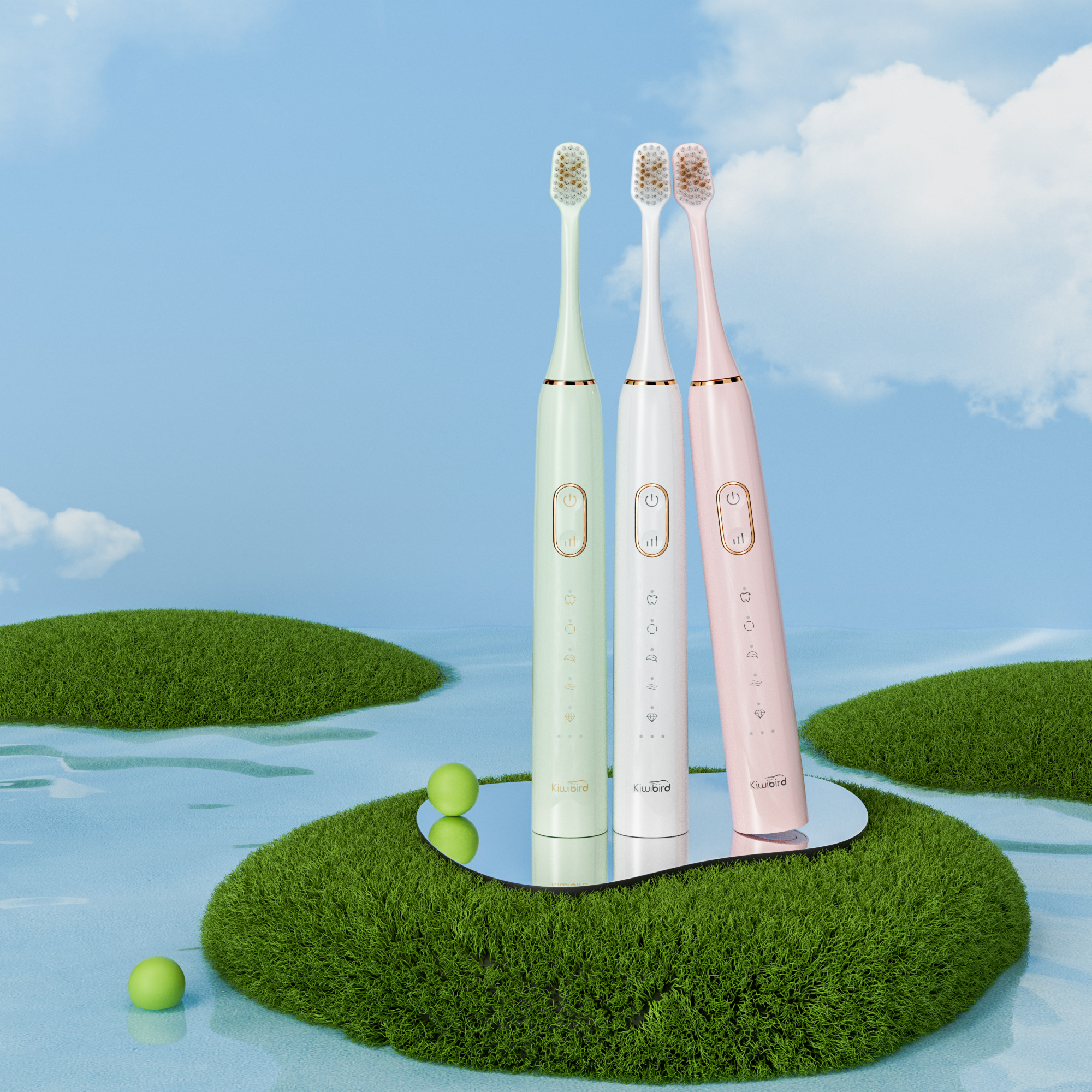
Does Clinical Gum Mode Really Work?
Charging Corrosion Causing Motor Burnout?
Battery Overheating Inducing Ear Discomfort – Dangerous?
.jpg)
Sustainable Electric Toothbrush Production – Eco-Friendly Materials
.jpg)
Gentle Sonic Vibrations Electric Toothbrush for Sensitive Teeth
.jpg)
Water Flosser competitive Features That Cause Premium Pricing: What Brands Should Look For in Manufacturing
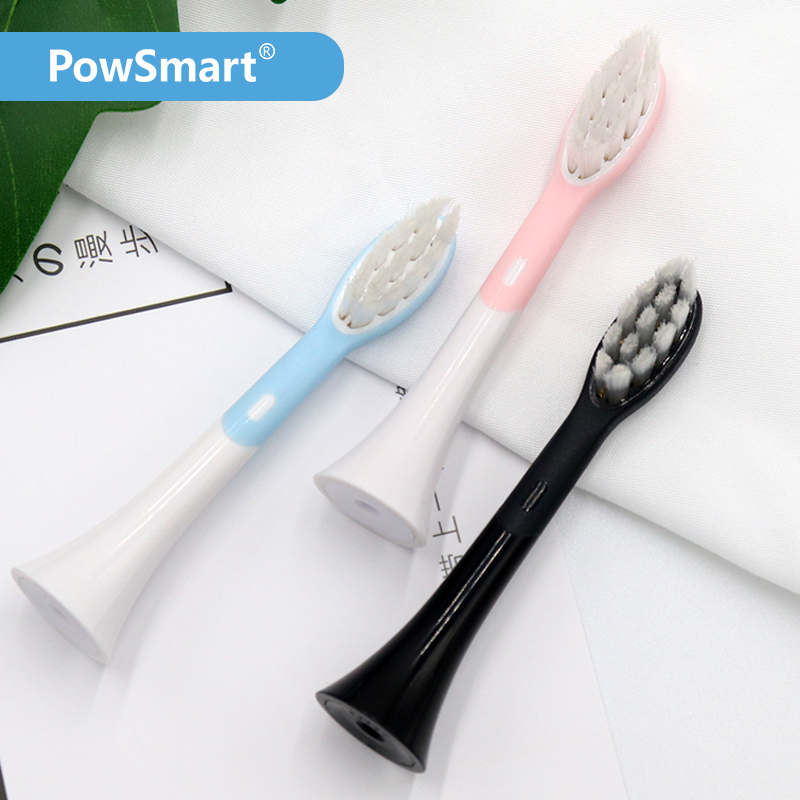
The Brush Head Was Shedding Bristles While Brushing My Teeth
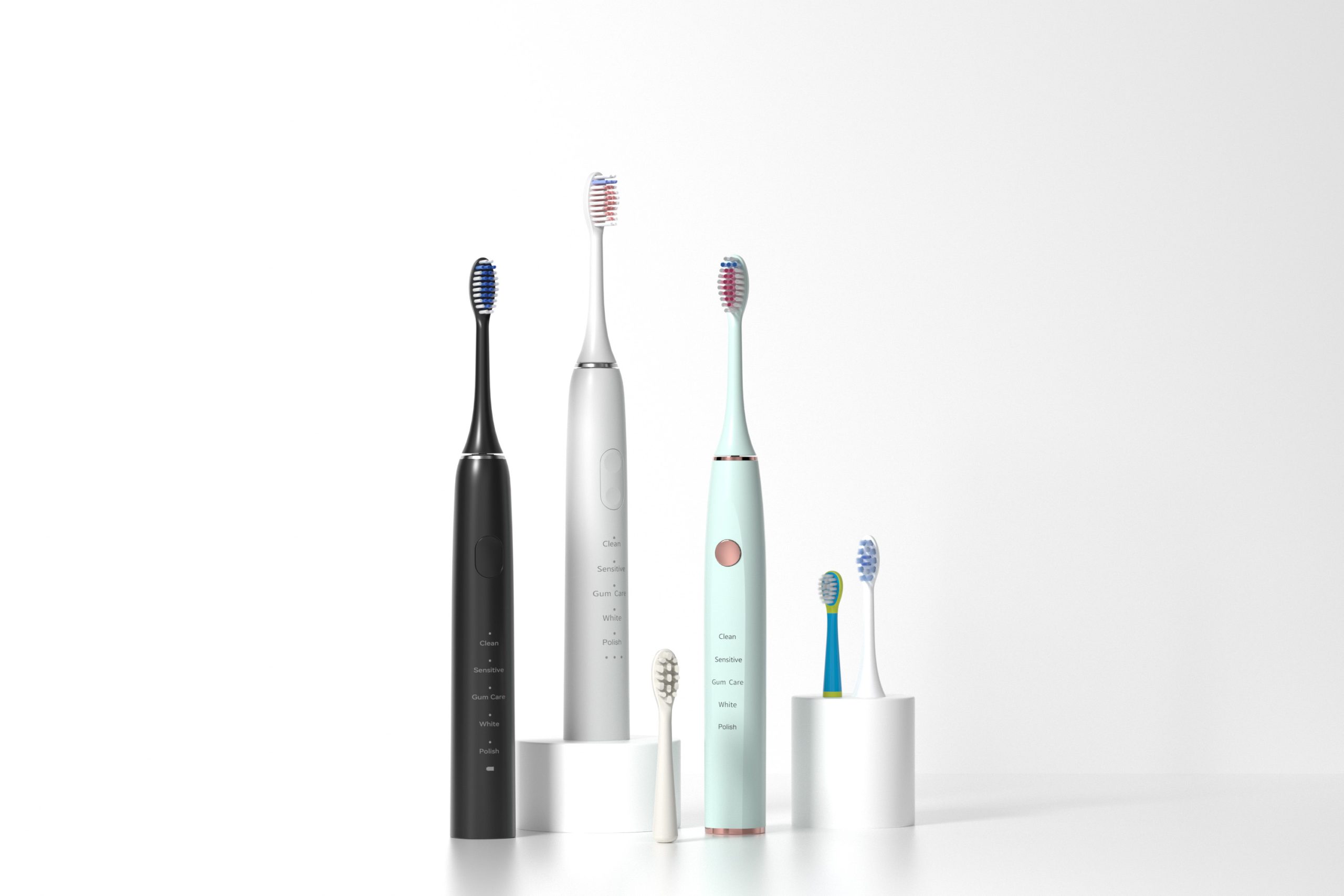
Factory Audits: Ensuring Electric Toothbrush Manufacturer Quality
Chemical Residues Triggering Throat Irritation – Toxic?

Orthodontic Electric Toothbrush for Braces – Deep Cleaning Bristle Design
Enamel Scratching from Gum Irritation – Reversible?
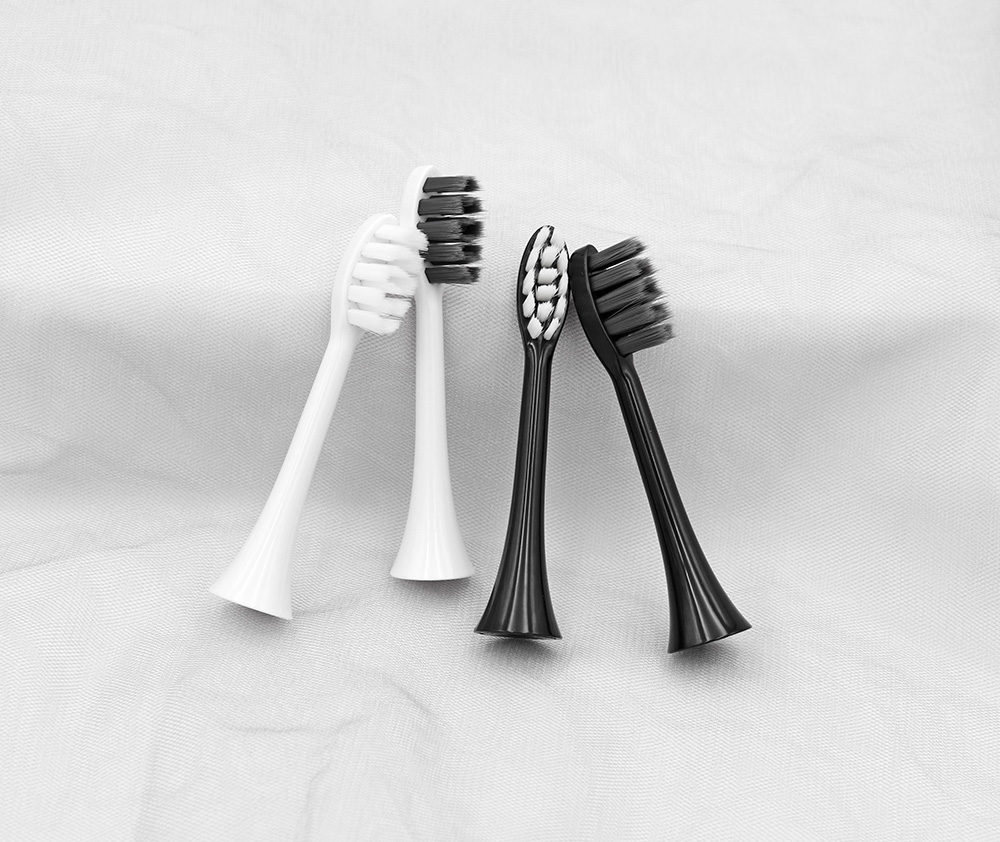
Multi-Color Electric Toothbrush Head Options – Custom Branding for Kids & Adults
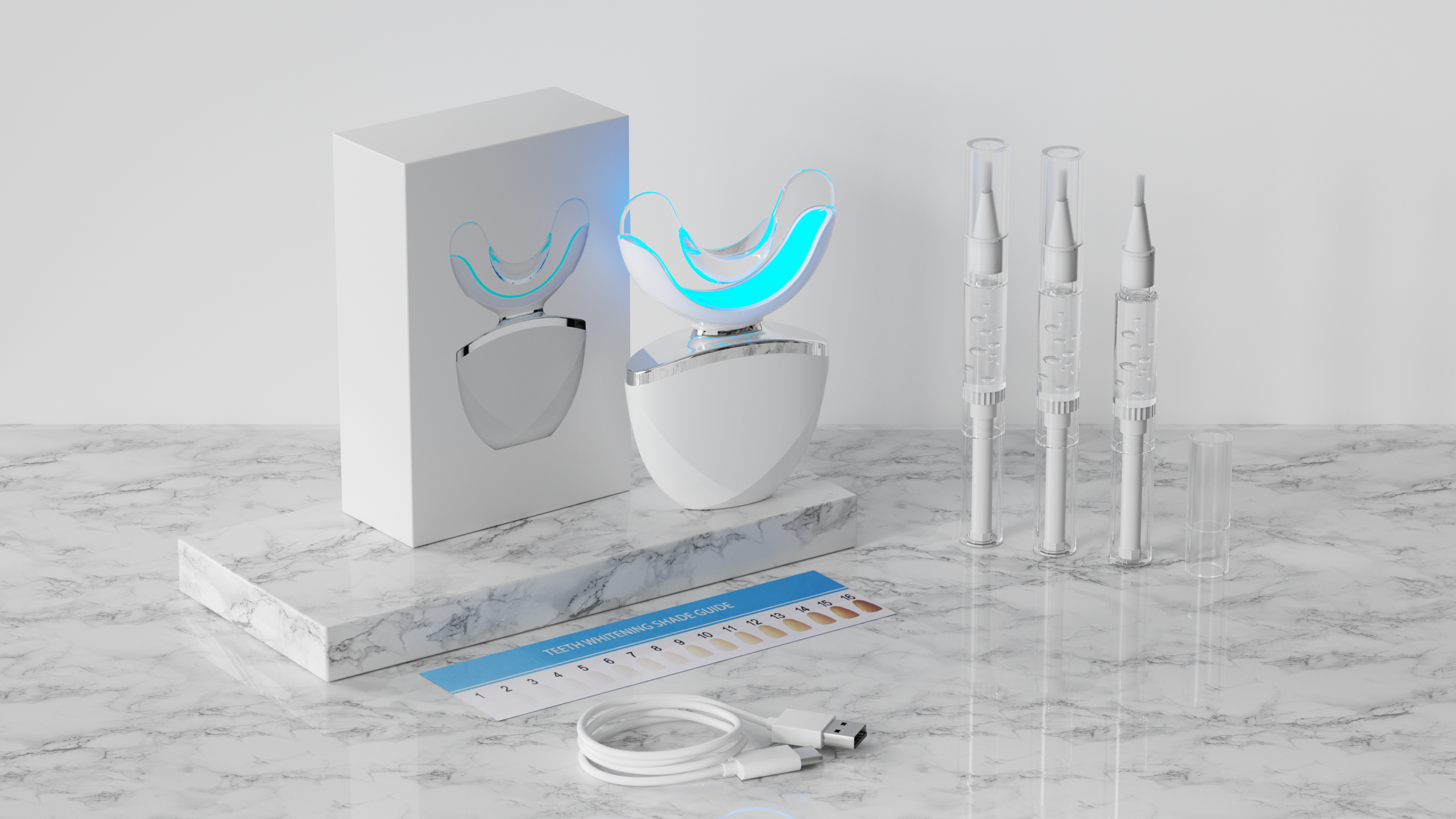
Can a Toothbrush Truly Rebuild Gum Health? Discover Powsmart’s Dual-Action Gum Shield Tech!

Is It True That Portable Teeth Whitening Devices Have No Effect at All?

Customization Teeth Whitening Gel

electric toothbrush heads Ultra Soft

electric toothbrush heads Regular Clean

Electric toothbrush heads Charcoal Infused-Diamond
.jpg)
Florida Electric Toothbrush – Powsmart PTR-C8

Private Label Whitening Gel

electric toothbrush heads Charcoal Infuse-Round

electric toothbrush heads Deep Clean
whstapp
whstapp
National Toll-Free Service Hotline
+86 755 86238638